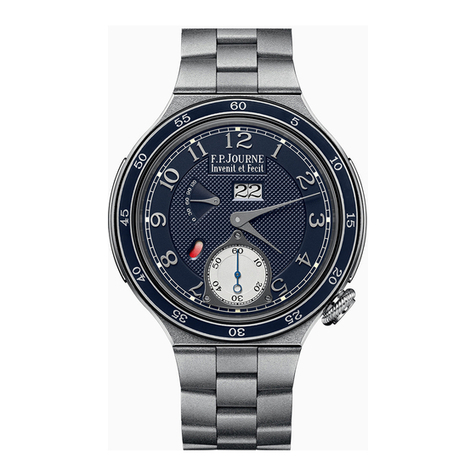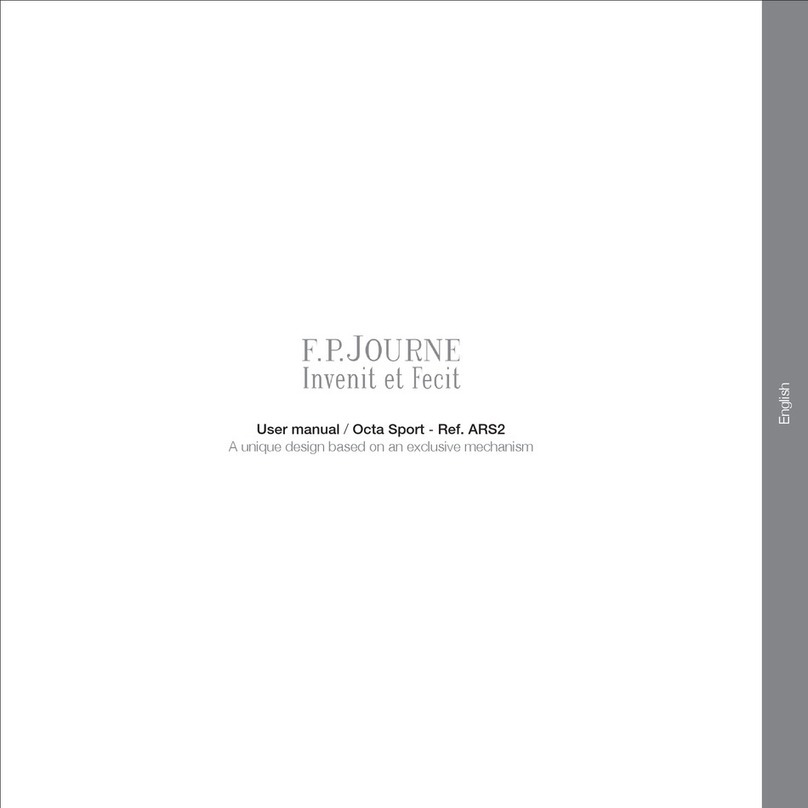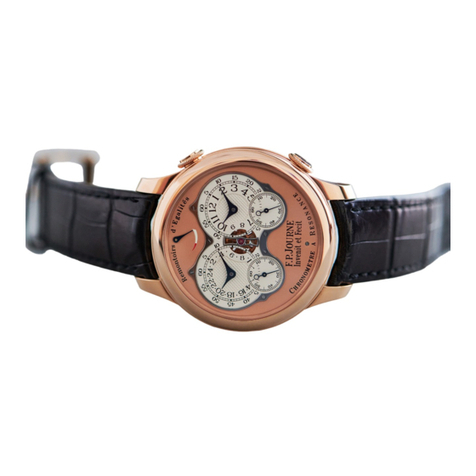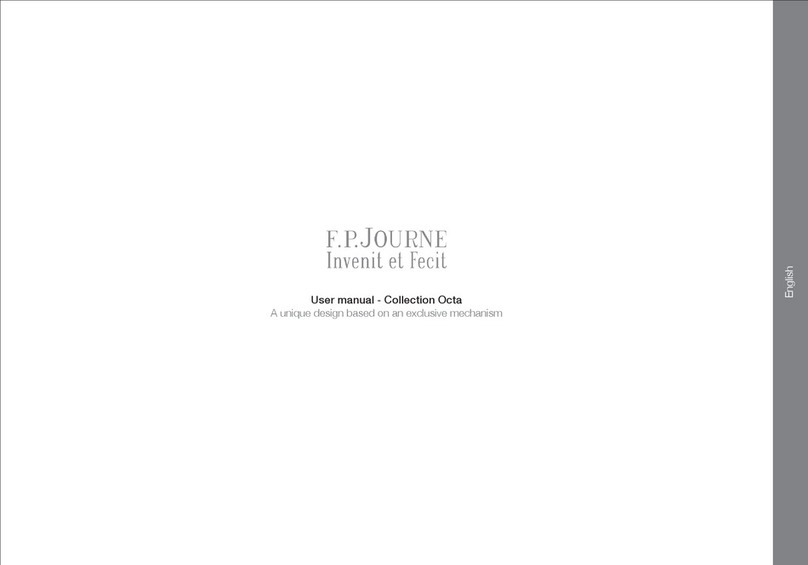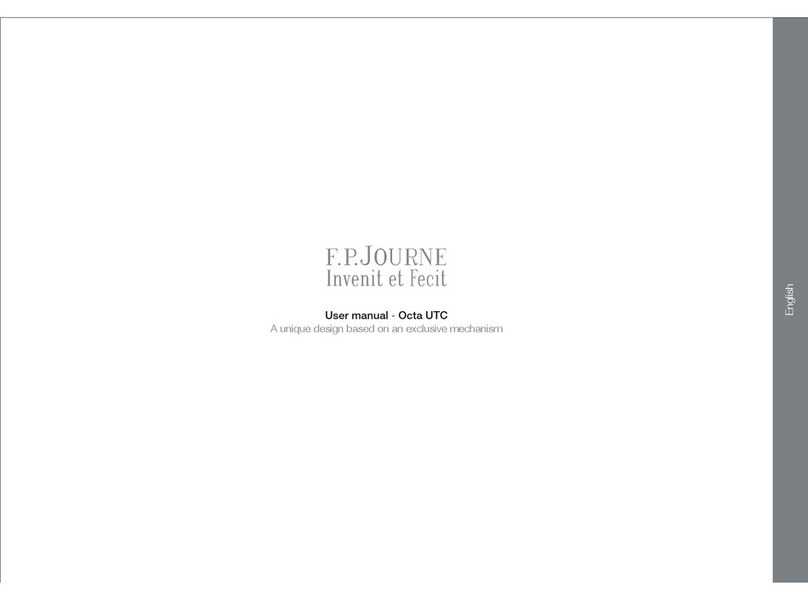
4
Antide Janvier is one of the most renowned French watchmakers. He created many horological masterpieces, in particular
celestial spheres and planetariums with astronomical indications.
Antide Janvier was born on July 1st, 1751 in Briva, near Saint-Claude. He was the son of Claude-Etienne Janvier, a farm plough-
man who gave up his plough to dedicate himself to clock making. When he became aware of his son’s exceptional talents, Claude-
Etienne entrusted the boy’s education to the Abbey Tournier, a mathematician impassioned by watch making.
Having detected an outstanding early rise in the 13 year-old boy, Abbey Tournier educated him on all the sciences in which
he excelled: atin, Greek, Mathematics and Astronomy; a subject in which he was particularly interested.
At the age of 15, Antide Janvier began the construction of a mechanical sphere that he audaciously presented to the Académie
des Sciences et Belles ettres in Besançon on May 24, 1768. The institution, founded by ouis XV in 1752, praised the piece and
awarded it a certificate on May 24, 1768, signed by Droz in the Palais Granvelle. Several years later, Janvier became a member of the
Academy.
In 1770, A. Janvier developed a large planetarium representing the inequalities of the planets, their eccentric orbits, their
equinoctial points, the revolutions of their satellites, etc. This machine was presented to ouis XV. Janvier then started an internship
with M. Devanne, to perfect his knowledge in clock making. His brilliant achievements for the creation of two exceptional plane-
tarium clocks, one geocentric, the other heliocentric, were presented to the King.
In 1773 he settled in Verdun, where he got married. In 1774 he went to Paris, where, through the intercession of the astronomer
alande, he entered the service of ouis XVI. As clockmaker to the King, he was lodged at the Menus-Plaisirs (in the ouvre).
Around 1780, Antide Janvier turned his attention to the resonance phenomenon. His idea was to develop two complete move-
ments with precision escapements, and to place them side by side so that the two clocks would be contained within the same con-
struction. As he had suspected, each clock retrieved the energy dispersed by the other; the two clocks began beating in harmony,
thus entering into resonance.
Biography
Antide Janvier
French master watchmaker, 1751—1835






